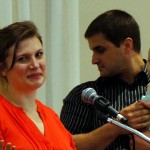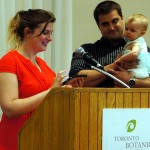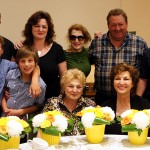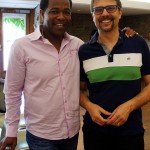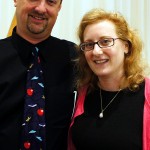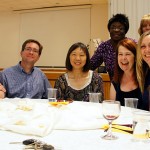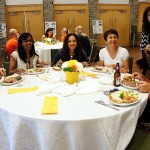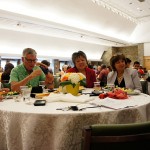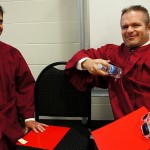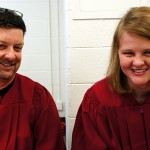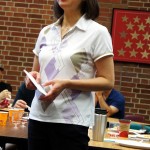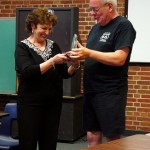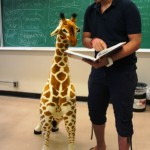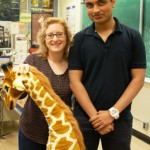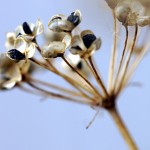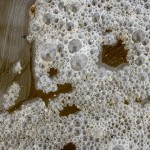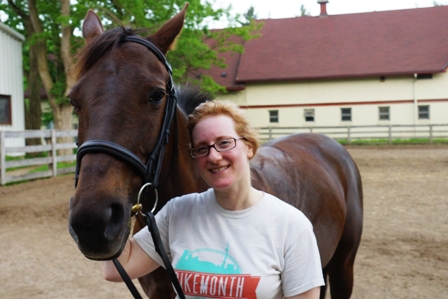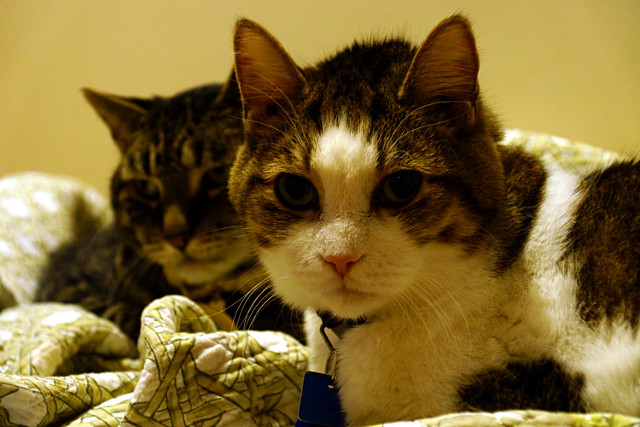Ms. GAuthor Archives
Last Two Days of Class June 2015
Here we were on the last two days of class. Sort of working:)
Thanks for everything. Do the course evaluation survey (the tab is on the top left)!!!!!
- Such a poser
- Alex and Adam
- Almost the whole class on the last day!
- Danah, Matt and Nikita drawing Ms. G on a giraffe.
- The girls with my favourite me on giraffe.
- Girls of the middle back row:)
- Thanks Julia!
- Weirdos. Do I know these people?
- Amazing class.
- They got me to be in the picture on the last day. I'm the short one.
- David and the girls working?
- Ishan teaching a calculus lesson to giraffe. He is perplexed.
- Giraffe looks pretty cool in this one.
- Alicia, what's on your computer?
- Girls of the front left.
- Memories:)
- So cute.
Mother’s Day at the Cottage
Great weather gave us all a great day.
- Hope this won't be the only canoe ride of the summer.
- Fletch was a little overwhelmed by the attention of four kids so he retreated.
- All of us.
- Rory loves being outside.
A Surprising Book for Ms G

Wade Davis, Into the Silence: The Great War, Mallory, and the Conquest of Everest. Knopf Canada, 2011.
I don’t like the thought of mountain climbing; it makes my palms sweat. I do like Wade Davis. That would explain why I picked up a hard cover edition of this 578-page behemoth a few years ago at my local Book City. Thinking back, I was probably also very attracted to the “Great War” part of the title having been on a World War One kick.
Despite the subject matter’s initial lack of appeal, it grew on me. Remembering back to The Wayfinders (which I sometimes use in HSB class – Challenge and Change in Society – to introduce the discipline of anthropology) I recall Davis’ beautiful way with words. Sentence construction, or rather, poor sentence construction, can be a real stumbling block for me in getting through a book. Not so this one. Davis is sleek and clever without being pretentious. Even when the subject matter is pretentious it doesn’t seem so, such as the detailed descriptions of the snooty English public school educations of the lead characters. Or the champagne that they ship across the world to be carried up Mount Everest by Sherpas.
The Great War is part of the subtitle but really deserves top billing. The war in which most of the climbers of the first three British expeditions in the 1920s fought is the glue that binds them all and sets their characters. In that sense it’s the context of the story. However, it builds to so much more. Getting to the summit becomes a battle in itself, three times: classic “man versus nature” stuff (weren’t we all taught that it’s one of the universal themes of literature back in grade seven?). It turns out that it does make for a gripping theme. At first the mountain-climbing-phobic reader finds little interest in the actual expedition. Drawn in bit by bit, or rather foot by foot or camp by camp, the loyal reader is nearly cheering for Mallory to reach the summit even though the tragic end is already known. Biting wind, blinding sun on snow, inept supply chains, broken oxygen apparatus – they cannot defeat the experience and sheer will of Mallory.
In the end it’s not about conquest of nature. It’s about respecting the power of the mountain. Without shoving that theme in the reader’s face Davis makes the point.
Davis also uses an anthropologist’s eye combined with a historian’s brain to reveal the ways the British perceived the Tibetans and their seemingly strange rituals. Being the master of all trades, Davis additionally highlights the photographic firsts that occurred on the mountain and the lengths that photographers went to to take and develop their breathtaking shots.
Since I read The Wayfinders I have said that Wade Davis has the perfect job: National Geographic writer and photographer. As a history teacher, sometimes anthropology teacher, and very amateur photographer, I am jealous.
Alone during Earth Hour?
Sadly, Val and I felt that we were alone in observing Earth Hour Saturday evening.
We live at the intersection of a few streets and a large apartment building so we can see a lot of homes from our front window. There was no change in the light level at 8:30 pm.
We are loyalists, having marked the event from its inception in 2009. We made the most of it, at least I did. Val had to listen to me play guitar for an hour.
The Toronto Star reports this morning that energy usage only dropped by three per cent. In the first year of Earth Hour it went down 15 per cent.
What does that say?
Brown and Grey
Even a nice sunny day at the cottage did not reveal very much colour.
- Bubble in pot hole - photographer in bubble
- Captivated as usual by weeds on the side of the road
- No wonder I can never get rid of these - those tiny seeds
- Evergreen
- Last ice crystals clinging to life
- Colour!
- Pond scum in a ditch
- Pot hole
- Colour!
- Ground into the road
- Iris seed pod
- Storm drain
- Hanging on
- "X" marks the spot where I notice anything!
- "Y" appeared next
- Stylized "y"? Or am I just losing it?
February 13 Presentations
Hello. Thanks for attending. Here are my presentations.
SWSH_Feb_2015_Assessing_Historical_Thinking
Here is the Idle No More lesson. Thanks to my co-writer, Rick Chang, also from York Mills. We’d love to hear your feedback.
Aboriginal_Canadians_Historical_Perspectives
Cat Characteristics
Just in anticipation of a new semester, and thus new readers who will be introduced to Fletch, Shadow and Bailey, I want to boil each cat down to its essence. I’m watching a cooking show right now so that’s where the boiling reference comes from.
Fletch is 15 years old. He has been a diabetic for nearly 10 years. Until recently, that is. He has not had any insulin shots for the last 3 weeks. However, what I have noticed is that he still craves the shot. Sometimes he’ll stand over his bowl waiting for it. The other day I had to simulate the shot by poking him to get him to eat. Therefore, Fletch’s characteristic is hypochondriac.
Shadow is about 5 years old. She pretty much sleeps all the time atop the heating grate. She is a playful if lazy cat who enjoys lying under a newspaper. As she gets bigger and lazier she has acquired her chief characteristic; I call it stop and drop. She will lie anywhere, at the drop of a hat.
Bailey, of unknown age but probably about 8 years old, is a timid guy. His only other trait of note is that he is major whiner. He is like an alarm clock – wakes me up if he is ready for his food and I’m not.
I love them all.
Good Friend
An impending new year makes you reflect on the year gone by. I have been remiss in not honouring the end of a lovely friendship. The horse I rode most regularly over my years at Sunnybrook was retired this fall. She was a complicated, challenging horse, always trotting away with her head in the air and her will power at full blast. I will miss her.
Here are Skye and I after a ride in the summer.
Together
As many of the readers of this blog know, Bailey is incredibly shy. A few days ago he was lying on a pile of blankets in the hall when Fletch came right up to him and give him a little kiss. They then sat together for a few minutes, just long enough for me to grab the camera. Soon after, Bailey ran away, apparently in terror.





